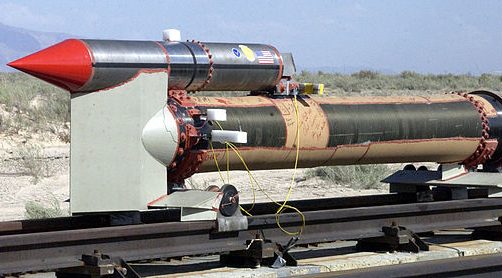Font size:
Print
Britain’s Last Coal-Fired Power Plant and Lessons for India
Context:
The closure of Britain’s last coal-fired power plant in Nottinghamshire marks a significant milestone in the global transition toward cleaner energy.

More on News
- However, this shift has not been without challenges, despite the optimistic portrayal in much of the media.
- While some call for replicating the U.K.’s coal phase-out globally, a more nuanced and customised approach is necessary, especially for developing and least-developed nations.
Britain’s Long Road to Phasing Out Coal
- Britain’s Coal Transition: Britain’s shift away from coal began long before the 2015 Paris Agreement.
- Its roots can be traced back to the Great Smog of 1952, which led to important environmental legislation like the Clean Air Act of 1956.
- Over the following decades, several geopolitical, environmental, economic, and social factors shaped the country’s coal phase-out.
- The Role of Natural Gas and Cold War Pressures: The discovery of natural gas in the North Sea in 1965 played a pivotal role in reducing Britain’s reliance on coal.
- Additionally, geopolitical tensions during the Cold War prompted Britain to minimise coal imports from the Soviet Union, further accelerating the transition.
- Decline of Coal Mining: As domestic coal reserves dwindled, mining became increasingly uneconomical, pushing up the costs of coal-fired power.
- The Thatcher government’s closure of 20 mines in the mid-1980s, despite a prolonged miners’ strike, left deep socioeconomic scars in coal-dependent regions, with some areas still struggling today.
- Need for a Tailored Approach: Britain’s complex history in moving away from coal highlights the necessity for countries to adopt diverse strategies to meet their energy and environmental goals, taking into account their unique energy, economic, and social contexts.
India’s Path Compared to the U.K.
- Phasing Down Coal: During the 2021 COP26 summit in Glasgow, India and China advocated for a “phasing down” of coal instead of a complete “phasing out,” emphasising a more gradual transition.
- India set a target to achieve net-zero emissions by 2070, with a goal to meet 50% of its energy needs from renewable sources by 2050.
- India’s Emissions: Though India is the third-largest carbon emitter globally, its per capita emissions in 2023 were only 2 tonnes.
- This is significantly lower than the global average of 4.6 tonnes and less than half of the U.K.’s per capita emissions, which stood at 5.5 tonnes in the same year.
- U.K. as a Major Contributor: A Carbon Brief study that examined emissions from 1850 to 2024, accounting for colonial histories, placed the U.K. as the fourth-largest historical emitter.
India’s Coal Dependency
- India’s Coal Industry: India’s coal journey began in 1774 with the establishment of the Raniganj coalfield, and the use of coal-fired energy became prominent after the commissioning of the Trombay power station in 1956.
- Projected Peak in Coal Production and Consumption: Unlike the U.K., India has not yet reached its peak coal production and consumption, which is expected between 2030 and 2035.
- Currently, coal accounts for 70% of India’s energy output, and further expansion of coal mining operations is planned to meet rising energy demands.
- Employment and Economic Significance of Coal: India’s coal sector is a significant employer, with over 350 operational mines and more than 120 new ones planned.
- The sector provides direct employment to hundreds of thousands, especially in regions with high poverty rates and where many have shifted from agriculture to mining. At its peak, coal is expected to employ over a million people.
- India’s Lower Per Capita Energy Consumption: Despite India’s heavy reliance on coal, its per capita energy consumption remains low, about one-third of that of the U.K.
Subscribe to our Youtube Channel for more Valuable Content – TheStudyias
Download the App to Subscribe to our Courses – Thestudyias
The Source’s Authority and Ownership of the Article is Claimed By THE STUDY IAS BY MANIKANT SINGH





